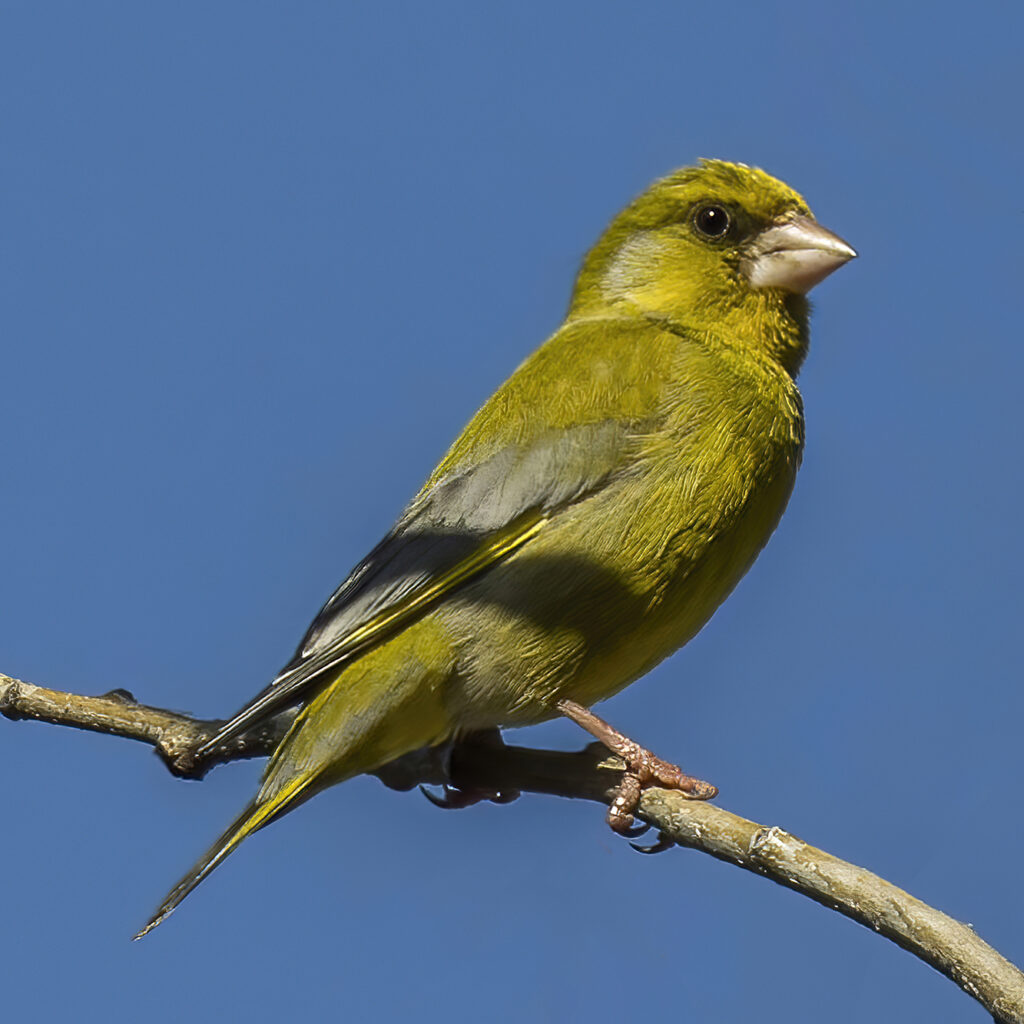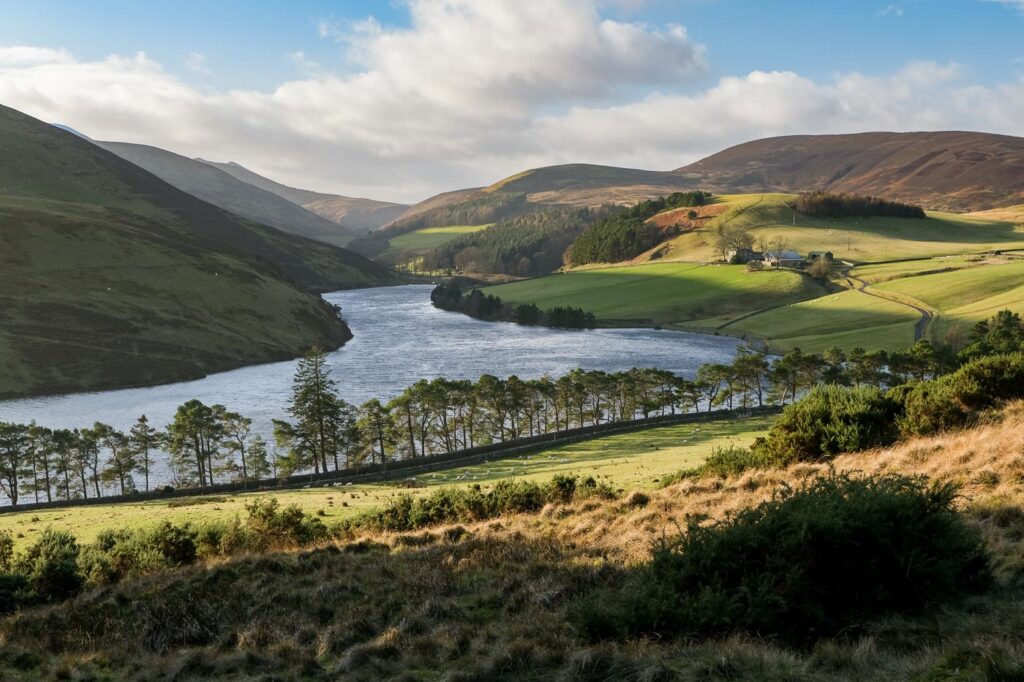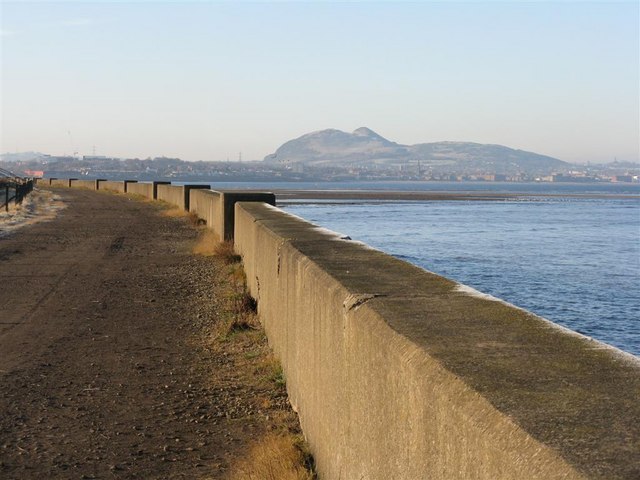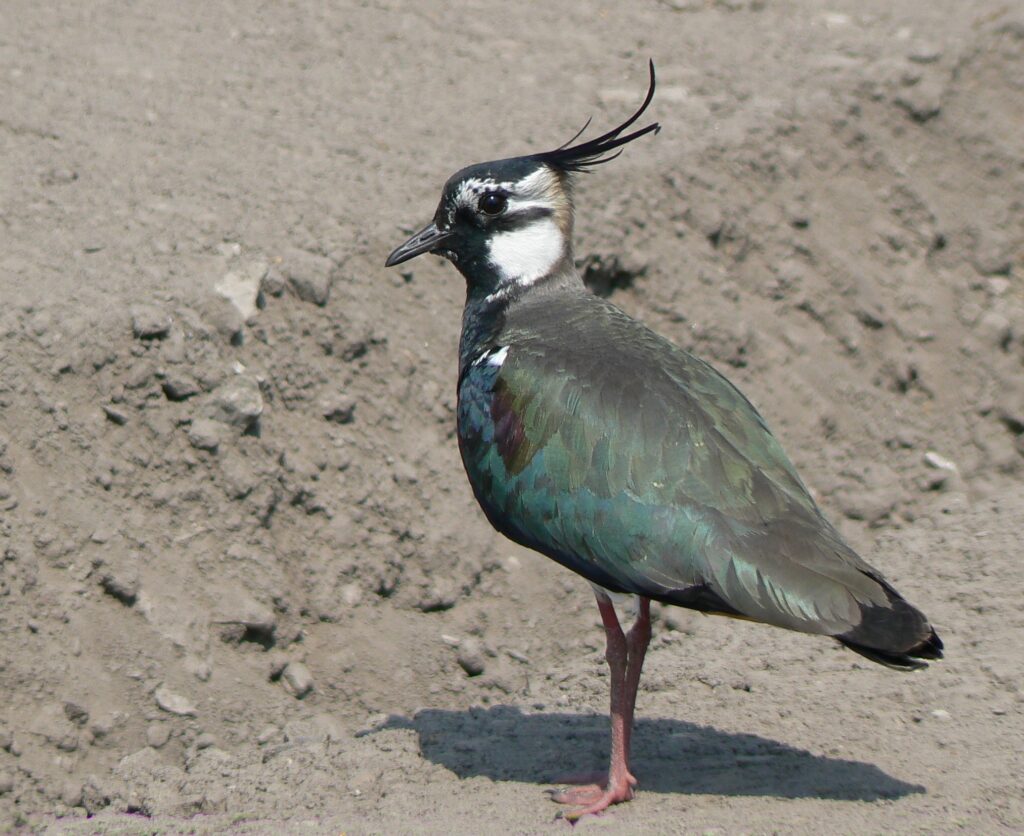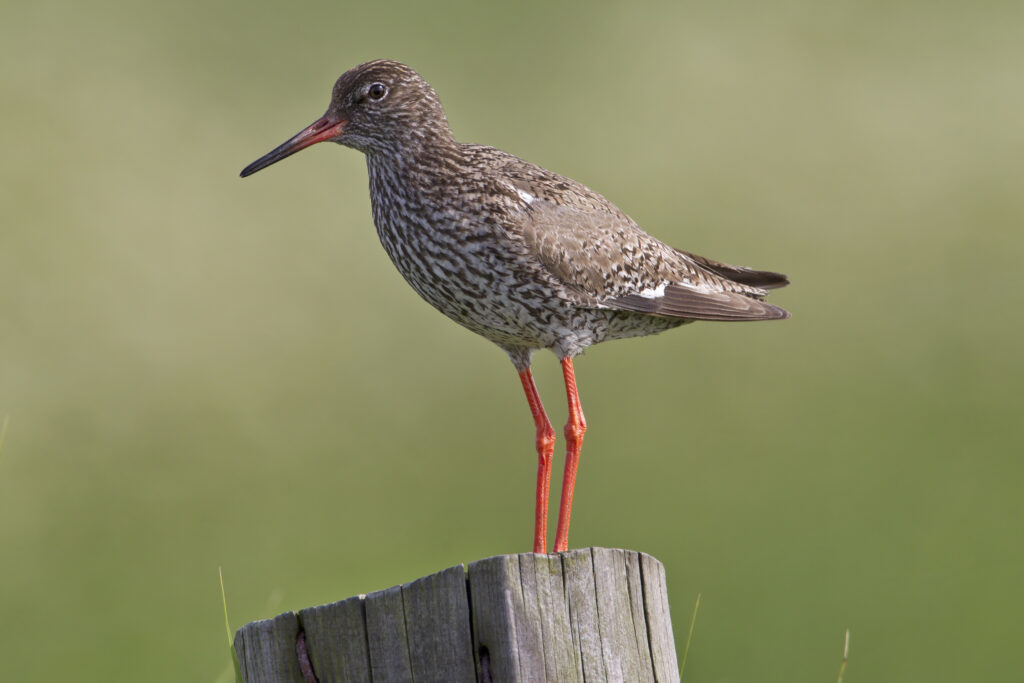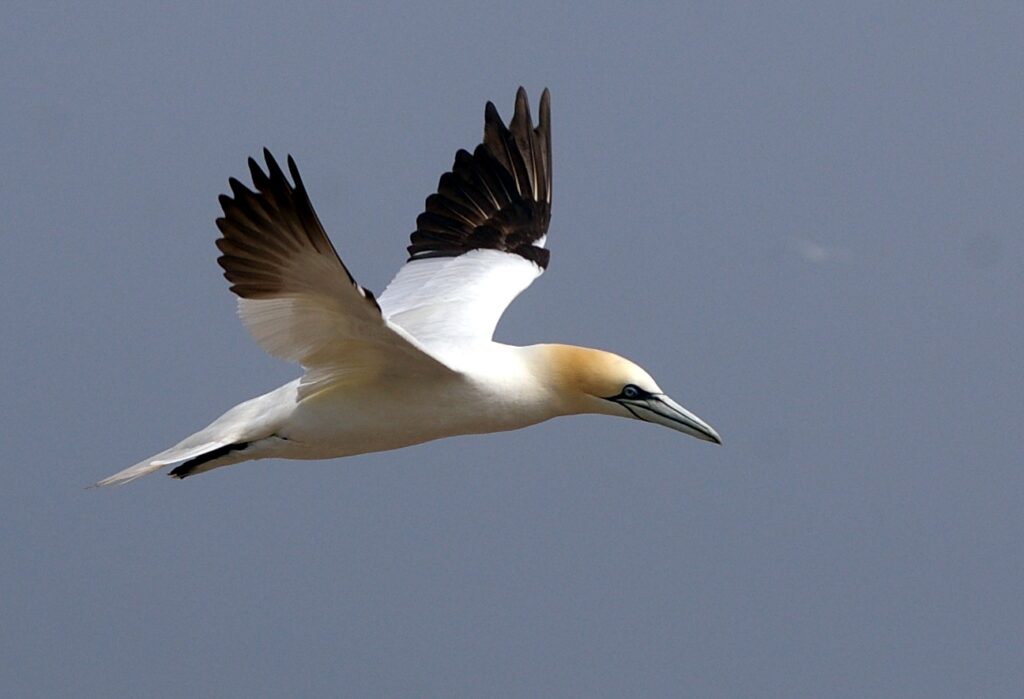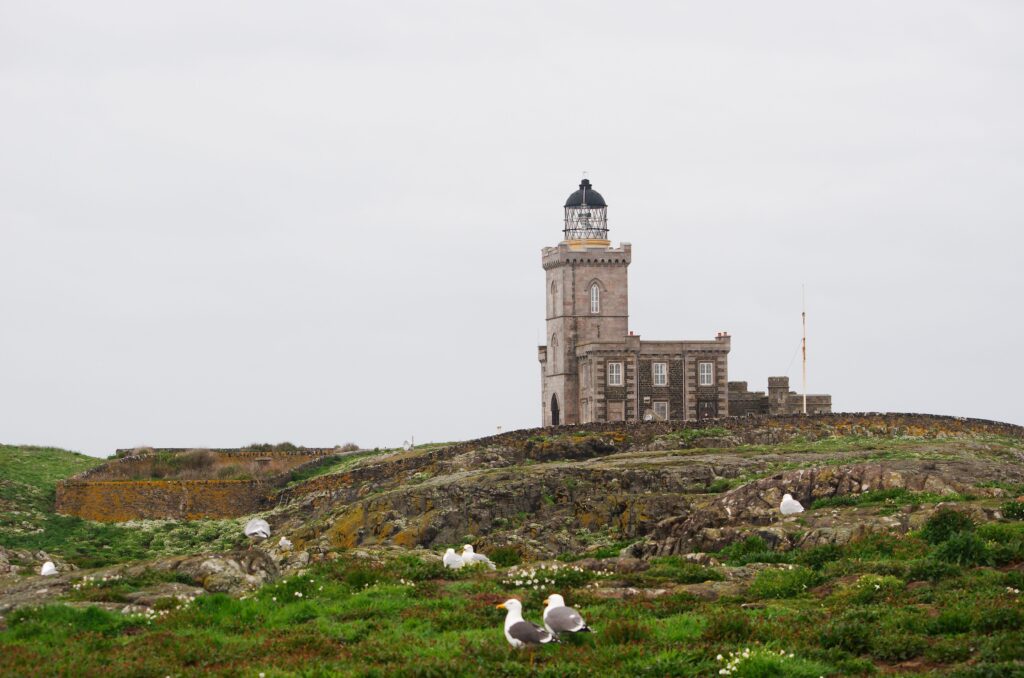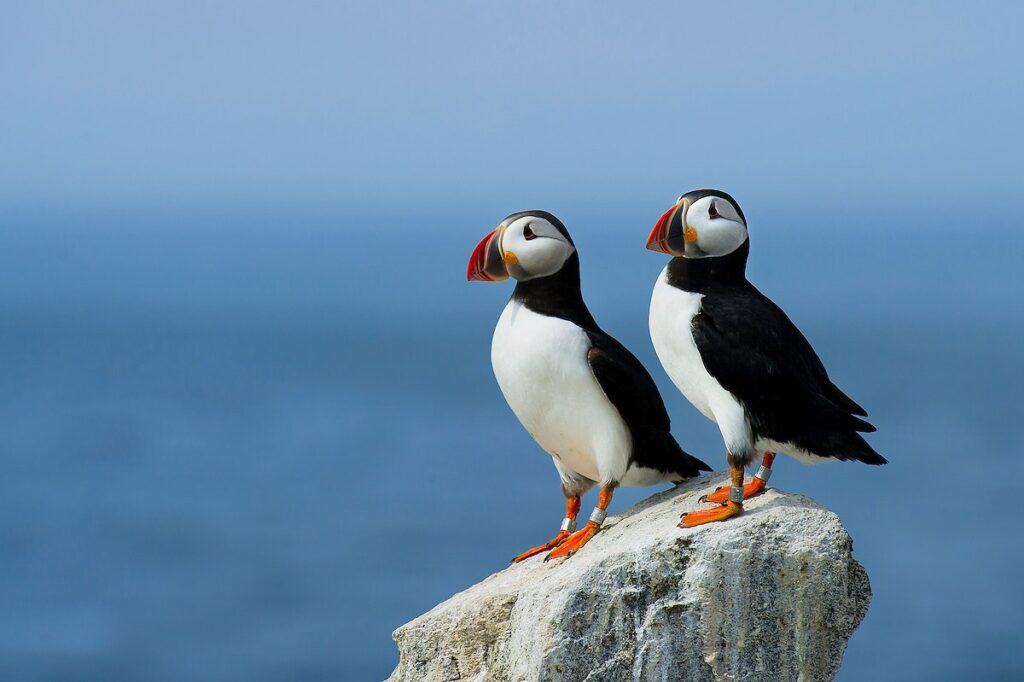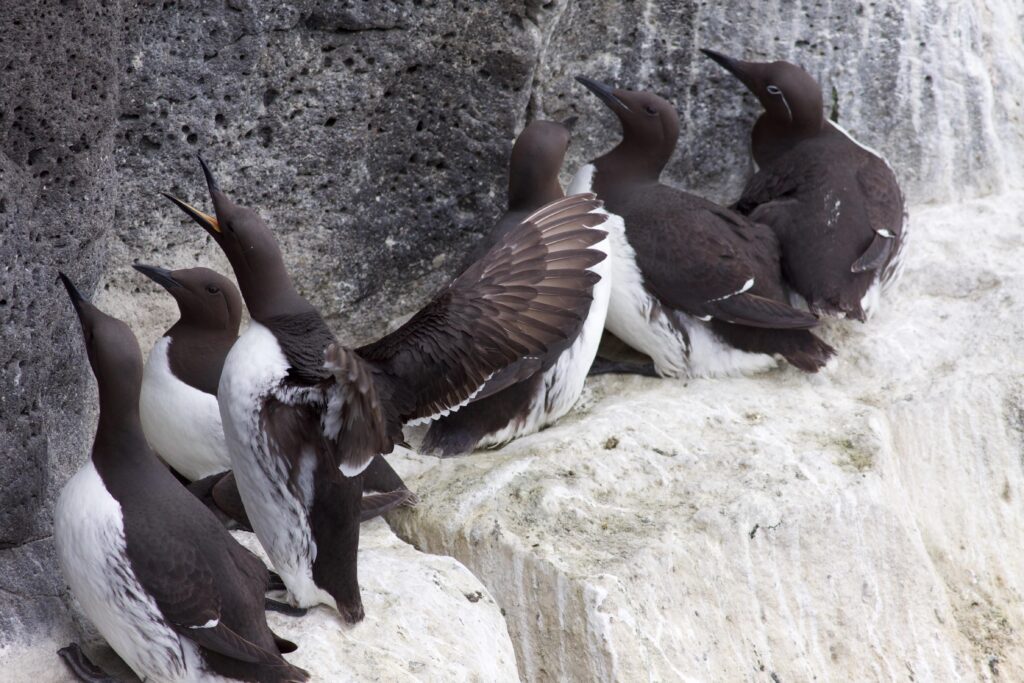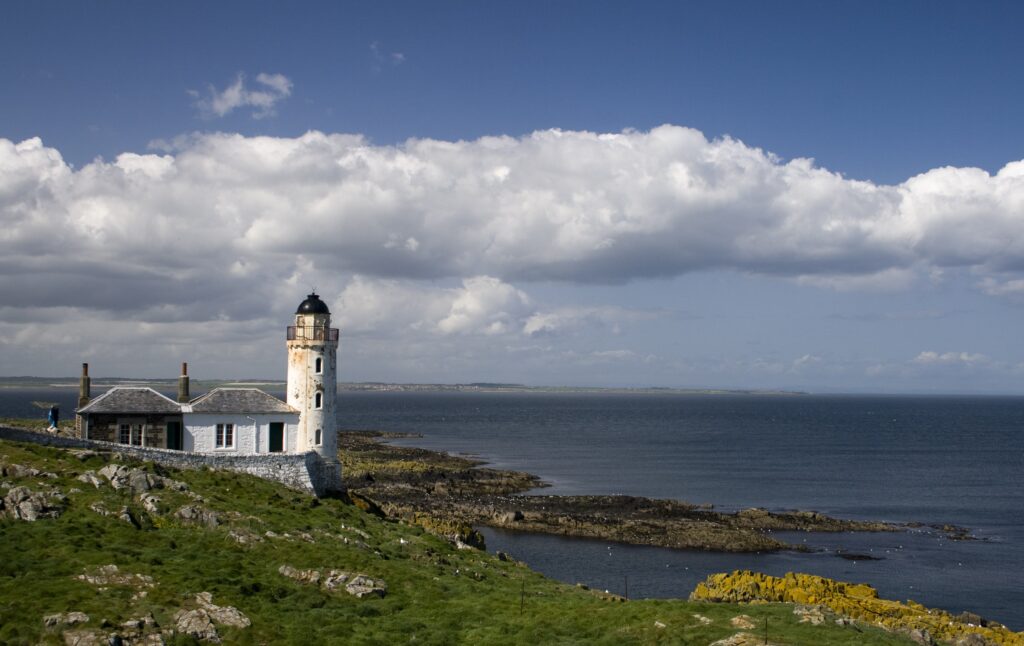15 Old Church Lane, Duddingston, Edinburgh EH15 3PX

©Anne Burgess, Geograph
Located on the southern side of Holyrood Park, in the heart of Edinburgh, the Duddingston Loch is a great place to have a close encounter with several species of ducks and geese, and perhaps even spot some wintering migrants like the Great Northern Diver. It has been a Scottish Wildlife Trust bird sanctuary since 1925 and is home to breeding species of ducks such as the Canada goose, Pink-footed Goose, Mute Swan, Tufted Duck, Common Goldeneye, Great Crested Grebe, or passerines such as Reed Bunting or Willow Warbler.

©David Dixon, Geograph
Of particular note, the western end of the loch is the largest heronry in the Lothians. The Northern shore of the loch, accessible from the car park west of Duddingston Village, is the perfect place for a close encounter with the groups of ducks, geese, and swans breeding around the loch.
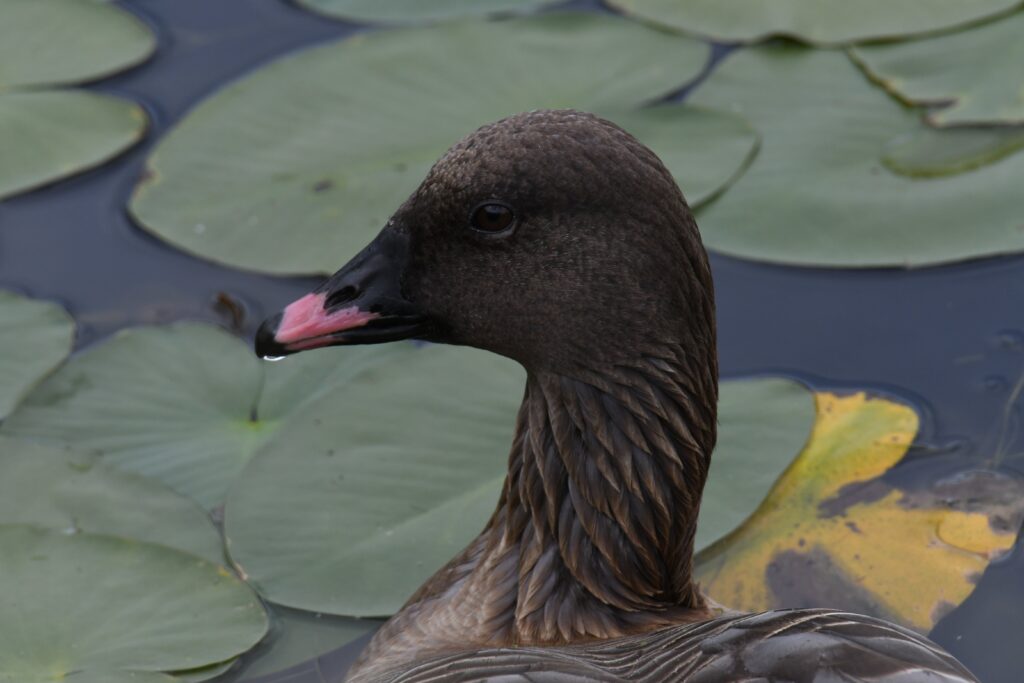
©Iwolfartist, Wikimedia Commons
Sources:
Individual Researcher Walk; RSPB (Edinburgh Area Local Group); Scottish Wildlife Trust
Additional Links:


